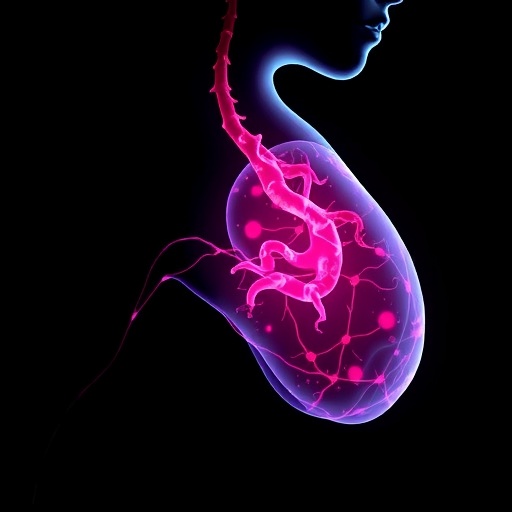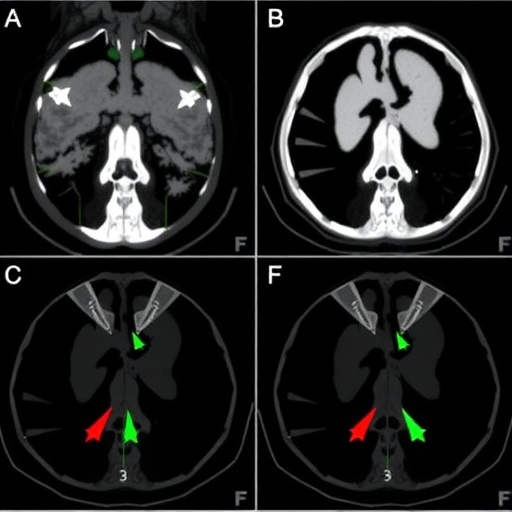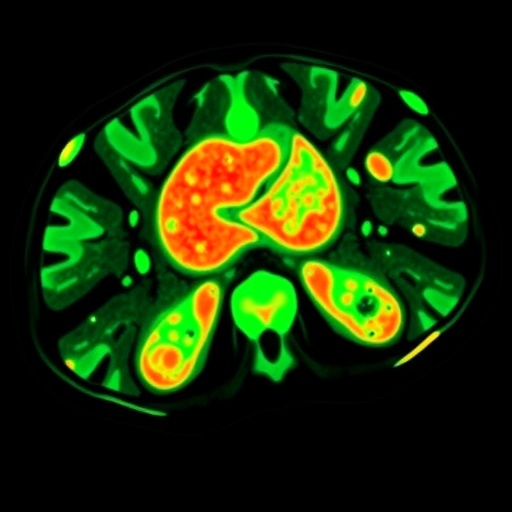
In a groundbreaking study, researchers have leveraged the power of machine learning to predict radiation-induced skin toxicity in breast cancer patients, a significant concern for those undergoing radiation therapy. The study, titled “Predicting Radiation-Induced Skin Toxicity in Breast Cancer: A Machine Learning Approach Combining Radiomic and Dosimetric Features,” was published in the Journal of Medical Biological Engineering, marking a pivotal moment in the intersection of oncology and data science.
The journey into this domain began with the understanding that radiation therapy, while effective in treating cancer, often leads to skin toxicity, manifesting as dermatitis or severe skin reactions that can have profound impacts on a patient’s quality of life. The goal of the research was not only to anticipate these adverse effects but also to provide clinicians with robust tools to tailor treatments according to individual patient responses. To achieve this, the researchers combined radiomic features with dosimetric factors, a novel approach in the realm of predictive modeling.
Radiomics is the extraction of a large number of quantitative features from medical images using data-characterization algorithms. It captures tumor heterogeneity and can unveil patterns that are invisible to the naked eye. When combined with dosimetric features—parameters relating to the dose distribution of radiation—this approach allows for creating a more nuanced predictive model. The interplay between these datasets is where the real innovation lies, as it sets the stage for more personalized radiation therapy strategies.
In their methodology, the research team utilized advanced machine learning algorithms capable of recognizing complex patterns in data. They gathered imaging data during treatment, alongside patient demographics and clinical history, culminating in a rich dataset that fed into their predictive models. Calibrating these models involved training them on a subset of patient data before validating their predictive accuracy against an independent cohort.
A significant aspect of the study was the capacity of the machine learning algorithms to evolve. As more data was fed into the systems, the models became increasingly refined, enhancing their predictive capabilities over time. The implications of such a system could be revolutionary; by anticipating skin toxicity, oncologists could potentially modify treatment protocols before significant reactions occur, therefore improving patient outcomes and comfort.
One of the most notable findings was the ability to identify specific radiomic features that aligned closely with incidences of skin toxicity. Certain characteristics within the tumor’s imaging data emerged as significant predictors, indicating that there may be inherent vulnerabilities in certain patients based on their tumor biology. This presents a fascinating avenue for further research, as understanding these features could lead to more targeted interventions and specialized care plans.
Additionally, utilizing dosimetric data allowed for deeper insights into how varying radiation doses affected different types of skin reactions. The research underscored that not all patients respond similarly to radiation therapy; variables such as dosage intensity and distribution play crucial roles. By integrating this dimensionality into their predictive models, the authors provided a more comprehensive understanding of the potential toxicity landscape.
The team’s robust validation of the model highlighted its potential for real-world application in clinical settings. With the ability to implement this predictive tool, radiation oncologists could make data-driven decisions that favor patient safety and comfort during therapy. Furthermore, the precedence set by this study opens up a wealth of future possibilities. Could similar approaches be applied to predict other side effects of cancer treatments? What does this mean for the development of personalized medicine?
As the oncology community becomes increasingly intertwined with technological advancements, this study serves as a harbinger of what is to come. Automated predictive systems powered by machine learning could reshape care protocols, not just for skin toxicity, but for an array of treatment-related complications. The fundamental shift toward data-driven decision-making stands to elevate the quality of care patients receive, allowing for a continuum of innovations aimed at optimizing cancer treatment.
The significance of this research extends beyond its immediate findings. It speaks to a larger trend in healthcare that seeks to streamline and personalize treatment processes dynamically. As integration of artificial intelligence into medical practice becomes more commonplace, the dialogue around its ethical implications, accuracy, and reliability will gain traction as well. Healthcare providers must navigate this complex landscape, ensuring that technology complements the human touch that forms the basis of patient care.
In conclusion, the study represents a beacon of hope for breast cancer patients facing radiation therapy. By employing sophisticated machine learning techniques to predict skin toxicity, it lays a foundation for enhancing patient quality of life and optimizing treatment regimens. As research progresses, the combination of advanced analytics and clinical practice will undoubtedly lead to more transformative breakthroughs in oncology and beyond.
Subject of Research: Machine learning application in predicting radiation-induced skin toxicity in breast cancer.
Article Title: Predicting Radiation-Induced Skin Toxicity in Breast Cancer: A Machine Learning Approach Combining Radiomic and Dosimetric Features.
Article References: Bagherpour, Z., Safari, M., Fadavi, P. et al. Predicting Radiation-Induced Skin Toxicity in Breast Cancer: A Machine Learning Approach Combining Radiomic and Dosimetric Features. J. Med. Biol. Eng. 45, 211–222 (2025). https://doi.org/10.1007/s40846-025-00943-6
Image Credits: AI Generated
DOI: https://doi.org/10.1007/s40846-025-00943-6
Keywords: Machine learning, radiomics, dosimetric features, radiation therapy, breast cancer, skin toxicity.
Tags: advanced data science in medicinedermatitis from radiation therapydosimetric factors in radiation therapyimproving patient quality of lifeinnovative approaches in breast cancer careJournal of Medical Biological Engineeringmachine learning in oncologypredicting skin toxicity in breast cancerpredictive modeling in healthcareradiation-induced skin toxicityradiomic features in cancer treatmenttailoring cancer treatments




